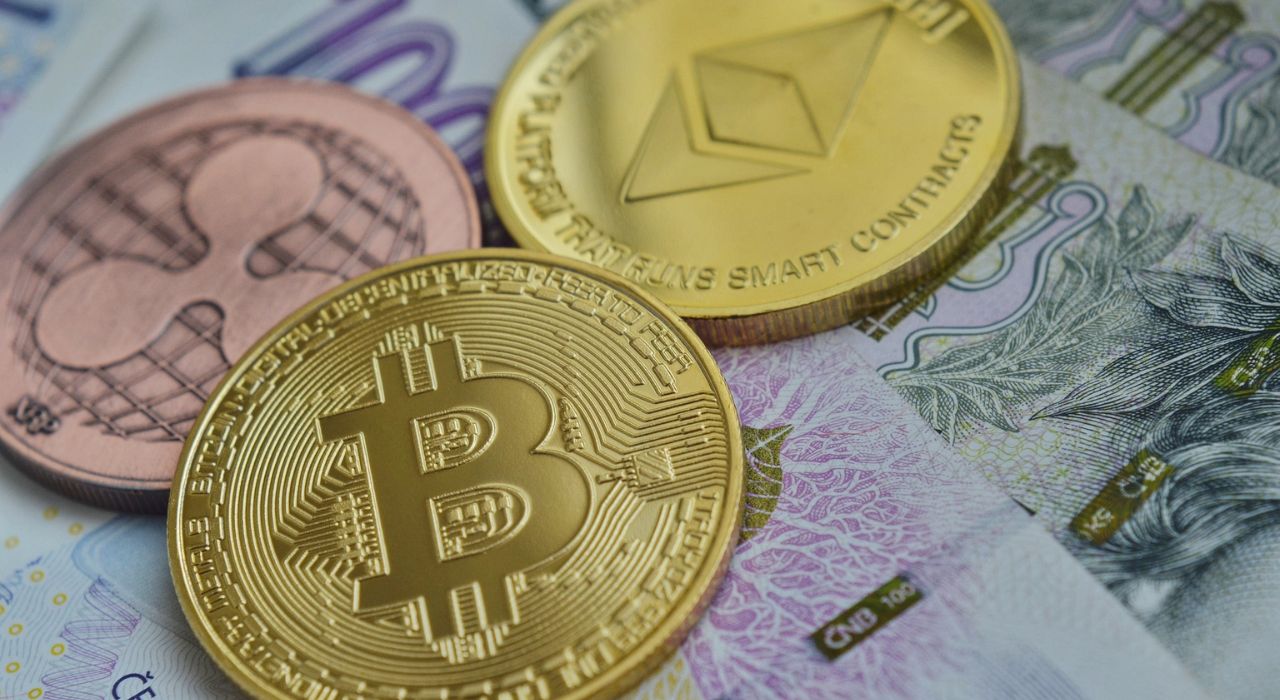The Brave New Metaverse World
The Metaverse is a shared virtual world in which people can interact with a computer-generated environment and other users via their digital avatars. As an emerging phenomenon, it already serves as a destination for various commercial, social, and economic activities.
There are certain established virtual reality platforms that continue to gain popularity. Some Metaverse environments include gaming platforms like Decentraland, The Sandbox, Roblox, and Fortnite. Not only do they continuously gain hundreds of thousands of visitors each month; but they also attract new businesses.
For example, Spotify is the first music streaming service that joined the Metaverse of Roblox. In May 2022 Spotify launched its Island - a place where users can create music, chill in virtual venues and get access to exclusive virtual merchandise.
However, there is still confusion among the general public about what Metaverse is and how it can benefit society. Blockchains, cryptocurrencies, and NFTs (non-fungible tokens for art and entertainment) are often related to this phenomenon. However, such technologies are merely tools for participating in the new reality.

Above all, Metaverse transforms how we humans interact with the digital world. Here immersive experiences are replacing flat content.For us at Software Group, it is interesting to examine the opportunities for different financial institutions. In addition, to lead by the best examples and provide the infrastructure and technology to perform financial activities seamlessly and securely.
Metaverse is no longer in beta-version
No wonder the Metaverse has opened its doors to many industries already, having in mind the fast development of web 3.0, AI, AR, VR, and blockchain. As a result, businesses are revisiting their digital infrastructure and are preparing for the next step. With virtual e-commerce opportunities ahead, they are improving the online shopping experience and establishing numerous brand-consumer partnerships.
Some of the biggest payment networks are also dipping their toes into the Metaverse infinite pool too. For example:
- Mastercard invested in dozens of crypto companies to boost competitiveness in the virtual economy.
- Visa launched its Creator Program to mentor entrepreneurs about NFTs and support small businesses.
- American Express focused on expanding its real-world services in the Metaverse. The company is considering providing customers with card payments, ATMs, banking services, and even fraud detection.
Banking in the Metaverse
Banks are not far behind in preparing for the new realm. For them, it means to start educating their younger customers about the type of services they can benefit from.
With a market opportunity of $1 th in the virtual real-estate sector, JP Morgan's Onyx is announced to be the first bank in the Metaverse. The bank's lounge, situated in a virtual version of Tokyo’s Harajuku shopping district (Metaiuku) has a lot to offer. From a tiger roaring on the first floor to users' avatars that can examine experts discussing crypto on the second floor.
Furthermore, JP Morgan has well summarized the benefits for businesses that are to enter the virtual environment:
- Transactions - $54 bn yearly spent on virtual goods
- Socialization - 60 bn messages sent daily on Roblox
- Ownership - $41 bn market cap for NFTs
- Experience - 200+ strategic partnerships (ex. Warner Music Group, Adidas, South China Market Post, etc)

Following JP Morgan's example, South Korea’s Hana Bank announced they have a special task force to foster businesses and attract younger customers in the virtual space. The task force reviews cooperation with local tech businesses. It also offers related services for private banking customers and designs financial solutions based on virtual reality.
In addition, Bank of America launched virtual reality (VR) training in over 4,300 physical financial centers. Thus, allowing roughly 50,000 employees to simulate typical client interactions. Similarly, HSBC purchased land in The Sandbox earlier this year to engage with online sports fans and different e-sports communities. Next, Thailand’s Siam Commercial Bank also has a virtual branch on The Sandbox platform… The list goes on.
The opportunities for banks and tech providers
Currently, the banking experiments mainly focus on building brand awareness via setting up virtual branch offices. They target younger consumers, facilitate remote training, and support employee collaboration in the virtual environment. After that, this trend may soon evolve into creating new financial products.
The newly adopted infrastructure capabilities will support the development of banking in the Metaverse. As a result, it will simplify the connection between the physical and digital economies.

However, the Metaverse realm raises a lot of questions:
- How payments and lending in the Metaverse are regulated?
- How can banks participate in the money-movement processes in the virtual economy?
- How is safety ensured in onboarding and identification?
- How Banks and Fintech players will maintain the bridge between the Metaverse and physical banking realms?
- What are the financial needs of the Metaverse users and how will banks meet them?
Above all, financial technology providers have a big role to play. They can supply the infrastructure that will allow the bank’s existing digital banking platform to plug and play with third-party services.
Additionally, with the rise of NFTs and cryptocurrencies that users buy and sell online, there is a need for digital wallets to store NFTs and cryptocurrencies.
To wrap it up, successfully merging old and new, physical and virtual, and owned and shared services seems like the ticket to the Metaverse.

Building the infrastructure for a new reality
The virtual avalanche brings tempting opportunities for many business sectors, including Banking and Fintechs. Above all, any of them standing still may soon drop behind.
By 2030, Citi GPS estimates there will be an economy worth $13 tn and five billion people in the Metaverse, which digital platforms and tech giants are already preparing for.
Not surprisingly, some predictions see virtual reality replacing the mobile internet. In other words, it may soon disrupt offline activities like test drives, real-estate showings, and education. And it is just the beginning.
On the other hand, there are still many skeptics that don’t believe that the new virtual world will take off. The best part is that we will witness it all. Moreover, it will be quite an interesting topic to follow. So stay tuned.
Feel like sharing your thoughts with us? Let’s talk!






